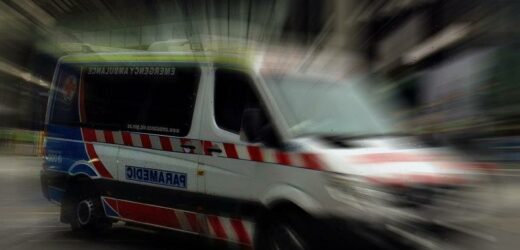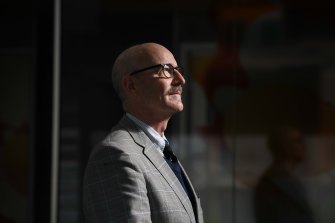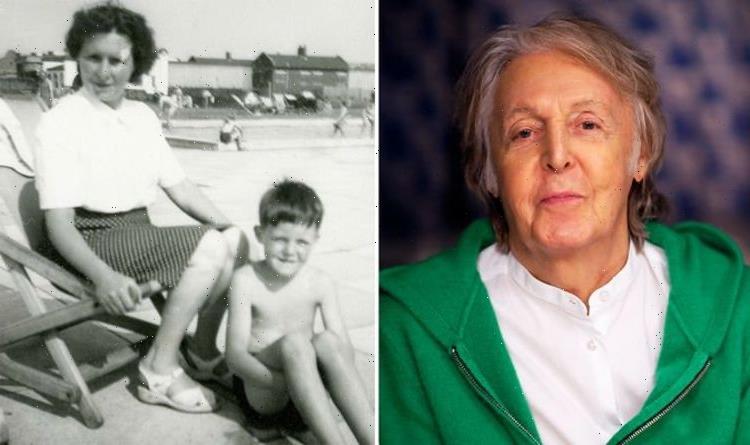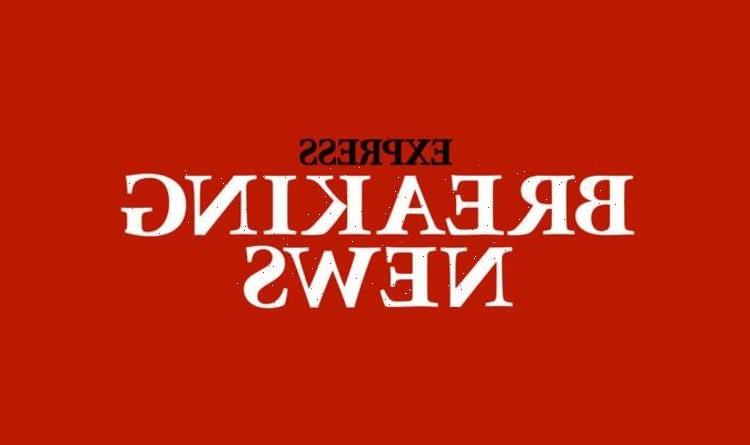For our free coronavirus pandemic coverage, learn more here.
Non-urgent elective surgery has been halted at COVID-19 hospitals and halved at private hospitals as “bone weary” frontline health workers warn additional pressure will push the state’s already strained health system to breaking point.
The Australian Nursing and Midwifery Federation confirmed the Victorian Health Department’s new directions in an email to members last week.The move comes as triple-zero authorities brace for thousands of extra calls after numbers spiked at record levels of about 3000 a day since Monday.
Physicians fear any further increase in demand could put lives at risk at a time when nurses, doctors and paramedics are already fatigued. The concerns emerged as COVID-19 wards at Northern Health, in the epicentre of Melbourne’s coronavirus outbreak, were full.
Recorded daily cases in Victoria skyrocketed on Thursday to a record 1438, as the state government announced a decrease in the interval for Pfizer doses to speed up the vaccination rollout and curb the speed of the outbreak.
Calls to triple zero reached levels on Monday not seen since Melbourne’s thunderstorm asthma crisis in November 2016, the largest epidemic thunderstorm asthma event in the world. Ten people died when thousands developed breathing difficulties over a short time.
The risk season runs from October 1 to December 31 and health professionals are preparing for unprecedented demand if it happens this year.
The Emergency Services Telecommunications Authority said 3250 Victorians called for an ambulance on Monday, when a night-time spike caused average wait times to exceed three minutes, with up to 24 calls on hold at once. There were 3084 calls on Wednesday. By comparison, 1600 to 2000 calls a day were received this time last year.
The authority’s chief executive, Marty Smyth, said it was preparing for a worst-case scenario of up to 5000 calls if a rare thunderstorm asthma event coincided with COVID-19 demand.
“Certainly with COVID, call volumes are increasing exponentially and we are modelling for the demands on the system when it rises by 10 per cent or 20 per cent or 30 per cent,” Mr Smyth said.
In an effort to alleviate some bottlenecks, Ambulance Victoria has asked St John Ambulance volunteers and SES personnel to help in the northern region and other COVID-19 hotspots across the state.
Taxis and other forms of transport will also be used for patients not in need of urgent treatment. In order to manage public expectations, triple-zero call takers will warn people if no ambulances are available.
“If we get a peak load of patients coming in, as they’re predicting might happen with COVID, we’re going to need every person available for that,” Ambulance Union state secretary Danny Hill said. “That’s literally how dire the situation is.”
State government figures confirm that Victoria’s health system is facing record demand. Emergency departments treated 479,719 patients in the previous quarter, an increase of 34 per cent over the same period last year. Paramedics responded to an extra 17,535 callouts during that time. Demand for an ambulance has soared by 26 per cent over the past year.
Healthcare sources told The Age that workers at Northern Health were under strain and the hospital was facing severe staff shortages.
The emergency department has about 100 beds, which have mostly been full. Some COVID-19 patients have been transferred to other hospitals, according to a health source, who was not authorised to speak publicly.
A Northern Health spokeswoman said on Thursday that its Epping hospital was caring for 66 COVID-19 patients and would open more capacity as demand increased in coming weeks.
Victorian AMA president Roderick McRae. Credit:Joe Armao
Australian Medical Association Victorian president Roderick McRae said the entire healthcare system was “at war” with the coronavirus.
“The circumstances are such that we can have a thunderstorm asthma disaster and if that does occur it’s really going to break the system,” Dr McRae said.
“The system is buckling under pressure and when the Health Minister says it’s going to be extremely challenging, the way that I interpret that is there are going to be unnecessary deaths and we need to get used to it.”
The Australian Nursing and Midwifery Federation’s Victorian secretary, Lisa Fitzpatrick, said health workers were not only weary because of lockdowns, but “bone weary” from last year’s outbreak, working in uncomfortable PPE and masks that caused facial wounds, covering for their colleagues helping the vaccination rollout and being told “this is what they signed up for”.
“Surge preparations are under way both for the reconfiguration of our healthcare system and our workforce,” Ms Fitzpatrick said.
“But there’s no pretending this is going to look like business-as-usual healthcare. Victorians need to be prepared for that. There is only so much we can expect from our healthcare workers. We continue to advocate for any easing of restrictions to factor in what the state of our health system is at the time.”
Thunderstorm asthma is a rare event in Melbourne, triggered when moisture-charged winds whip up rye grass pollen before a storm, sweeping it into populated areas.
“There is a chance of it happening every year, but there is a good forecasting system to prepare people for it,” said Ed Newbigin, the co-ordinator of Melbourne Pollen Count.
Emergency physician Simon Judkins said he was deeply concerned about the impact a thunderstorm asthma event could have on patients and healthcare staff.
“If you have an event like that on hospitals that are already incredibly stretched, it’s just an enormous stressor on the system,” he said.
“It’s going to be again about preparation and trying to create capacity when the system is already overcrowded. That’s going to be the real pinch point for when we’re already dealing with COVID.”
Dr Judkins, who is currently working in Echuca, warned that the soaring COVID cases in Melbourne could have flow-on effects for regional and rural areas too “because the worst-case scenario is that even half a dozen patients presenting with COVID who need admission would overwhelm the resources of our small rural hospitals”.
Australasian College for Emergency Medicine Victorian faculty chair Mya Cubitt said any increase in demand could risk patient safety in an already-stretched hospital system.
“We’ve all got to work to find solutions to the challenges we’ve got now, and prepare for the challenges that are to come,” Dr Cubitt said.
Sydney has had similar capacity problems – in certain hotspots, ambulances and hospitals were last month so stretched that coronavirus patients needed to be triaged in makeshift units at Westmead and Blacktown hospitals.
Elective surgeries in NSW were suspended at private hospitals in August, with categories three and four operations such as knee replacements and cataract extractions cancelled to free up health staff and resources. However, the tension has since eased and the state’s private hospitals will be able to recommence day surgery from next Tuesday.
A Victorian Health Department spokesman said Ambulance Victoria was making preparations to manage increased demand as the pandemic continued, which included preparing for the risk of thunderstorm asthma as the state entered grass pollen season.
“Wherever possible, prevention is better than cure and we want everyone with asthma or hay fever to be as prepared as they can for the grass pollen season,” he said.
“Anyone who has asthma or hay fever should have an up-to-date asthma action plan or hay fever treatment plan and ensure they know asthma first aid.”
The Morning Edition newsletter is our guide to the day’s most important and interesting stories, analysis and insights. Sign up here.
Most Viewed in National
From our partners
Source: Read Full Article



